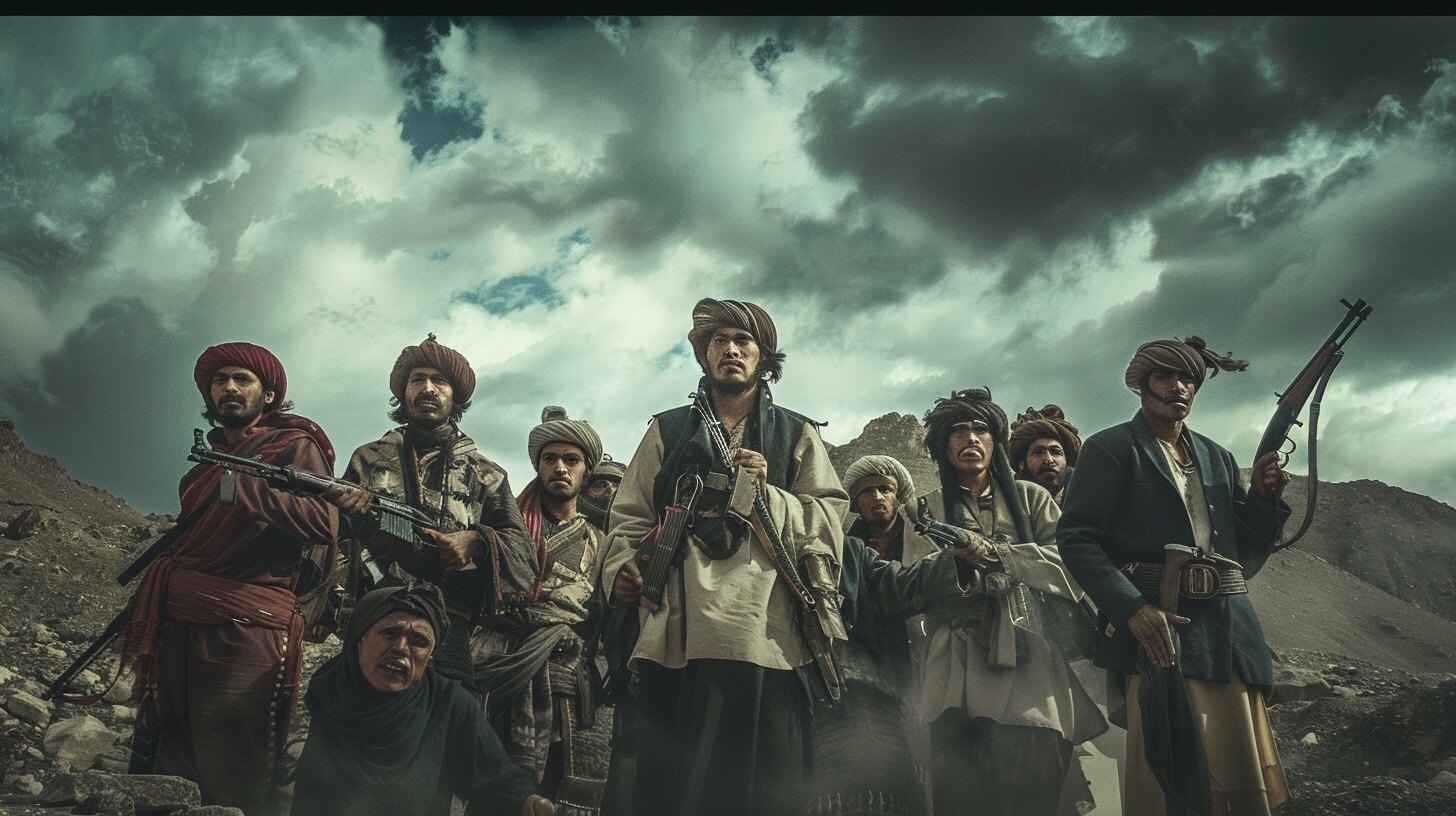
The Hazara Rebellion of 1892 is a significant yet often overlooked chapter in history. This uprising took place in the Hazarajat region of Afghanistan, where the Hazara people, an ethnic minority, stood up against oppressive rule. The rebellion was fueled by deep-seated grievances, including heavy taxation, forced labor, and religious persecution. Despite their valiant efforts, the Hazaras faced brutal suppression. Why did the Hazara Rebellion matter? It highlighted the resilience of the Hazara community and their struggle for justice and equality. Understanding this rebellion offers valuable insights into the complex socio-political landscape of Afghanistan and the enduring spirit of the Hazara people.
Key Takeaways:
- The Hazara Rebellion was a major conflict in Afghanistan in the late 19th century, driven by religious and ethnic differences, and it still impacts the country's social and political landscape today.
- The rebellion had lasting effects on the Hazara community, shaping their society and culture, and continues to influence their fight for recognition and rights in modern-day Afghanistan.
The Hazara Rebellion: A Brief Overview
The Hazara Rebellion is a significant event in the history of Afghanistan. It involved the Hazara people, an ethnic group primarily residing in the central highlands of Afghanistan known as Hazarajat. This rebellion had profound impacts on the region's socio-political landscape.
- The Hazara Rebellion took place in the late 19th century, primarily between 1888 and 1893.
- The rebellion was against the ruling Emir of Afghanistan, Abdur Rahman Khan.
- The Hazaras are predominantly Shia Muslims, which set them apart from the Sunni majority in Afghanistan.
- The conflict was partly fueled by religious differences and ethnic discrimination.
- Abdur Rahman Khan's policies aimed to centralize power and suppress any opposition, including the Hazaras.
Key Figures and Leaders
Understanding the key figures involved in the Hazara Rebellion provides insight into the motivations and actions taken during this tumultuous period.
- Abdur Rahman Khan, known as the "Iron Amir," was the ruler of Afghanistan during the rebellion.
- Hazara leaders like Mir Yazdanbakhsh and Mir Naser Beg played crucial roles in organizing resistance.
- The rebellion saw the involvement of various tribal leaders who united against the Emir's oppressive policies.
- Abdur Rahman Khan's military campaigns were brutal, involving mass killings and forced migrations.
- The Emir's forces were well-equipped and trained, making it difficult for the Hazaras to sustain their resistance.
The Impact on Hazara Society
The aftermath of the rebellion had long-lasting effects on the Hazara community, shaping their social and economic conditions for decades.
- Many Hazaras were killed or displaced during the conflict.
- The rebellion led to significant land confiscations by the Afghan government.
- Hazaras were subjected to heavy taxation and forced labor.
- The social hierarchy in Afghanistan became more rigid, with Hazaras occupying the lowest rungs.
- The rebellion's suppression resulted in the loss of political autonomy for the Hazaras.
Cultural and Historical Significance
The Hazara Rebellion is not just a historical event but also a cultural touchstone for the Hazara people, influencing their identity and collective memory.
- The rebellion is commemorated in Hazara folklore and literature.
- It serves as a symbol of resistance and resilience for the Hazara community.
- The events of the rebellion are taught in Hazara schools to preserve their history.
- Hazara artists and writers often draw inspiration from the rebellion in their works.
- The rebellion has been the subject of various academic studies and historical research.
Modern-Day Repercussions
The legacy of the Hazara Rebellion continues to affect the political and social dynamics in Afghanistan today.
- Hazaras still face discrimination and marginalization in Afghan society.
- The rebellion has influenced contemporary Hazara political movements and organizations.
- Hazaras have sought greater representation and rights within the Afghan government.
- The memory of the rebellion fuels ongoing demands for justice and recognition.
- International awareness of the Hazara plight has grown, partly due to the historical context of the rebellion.
Final Thoughts on the Hazara Rebellion
The Hazara Rebellion of 1892 stands as a significant chapter in Afghan history. This uprising highlighted the struggles of the Hazara people against oppression and discrimination. Their resilience and courage in the face of adversity are inspiring. The rebellion also underscores the complex socio-political landscape of Afghanistan during that era. Understanding these events provides valuable insights into the historical and cultural dynamics that continue to shape the region today. The legacy of the Hazara Rebellion reminds us of the importance of justice, equality, and human rights. As we reflect on these facts, it's crucial to remember the lessons learned and strive for a more inclusive and peaceful future. The story of the Hazara people is a testament to the enduring human spirit and the quest for freedom and dignity.
Frequently Asked Questions
Was this page helpful?
Our commitment to delivering trustworthy and engaging content is at the heart of what we do. Each fact on our site is contributed by real users like you, bringing a wealth of diverse insights and information. To ensure the highest standards of accuracy and reliability, our dedicated editors meticulously review each submission. This process guarantees that the facts we share are not only fascinating but also credible. Trust in our commitment to quality and authenticity as you explore and learn with us.
